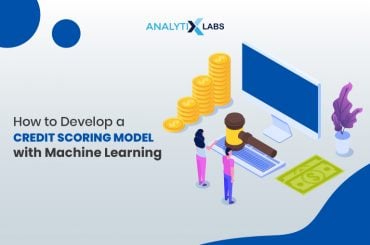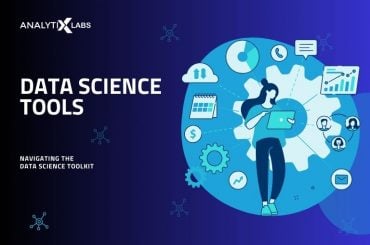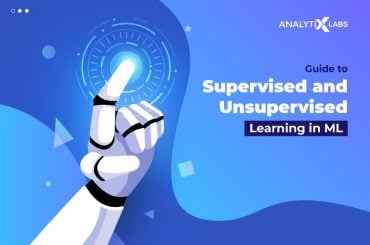Have you watched The Terminator or The Matrix? These movies have glorified artificial intelligence like never before. While ‘artificial intelligence’ is a term that you have heard so very frequently, there are two more terms in the data world- deep learning and machine learning. Some tend to use these terms as synonyms to Artificial intelligence or at times these terms are used interchangeably. Thus, the fine line of differences setting these three concepts apart becomes blurred to a large extent. That obviously doesn’t mean they are all the same, because they are not.
Let’s start with defining each of these terms.
● Artificial Intelligence
John McCarthy in 1956 coined artificial intelligence. It is about making a machine capable of performing tasks that are aligned with human intelligence. It involves planning, language recognition, object identification, learning and solving problems. Usually, AI is divided into narrow and general. General AI includes all that we just now said. But if a machine can just recognize an image and do nothing else, we call it narrow AI.
● Machine learning
Machine learning is defined as the capability of a machine to learn without any manual instructions being fed. In another way, one can easily say, machine learning is the way to achieve artificial intelligence. If you want to get AI without machine learning, you will have to pen down hundreds and millions of lines of codes combined with complex rules and even complicated decision-trees. Instead of that, with machine learning, you make a computer learn for itself how to complete a set task without any explicit rules and codes. For instance, if you have noticed while uploading pictures on Facebook, it automatically suggests tags to you which are correct. As if Facebook knows it is a picture of a friend of yours. Basically, after hundreds of tags, Facebook’s algorithm has “learned” how your friend looks. It has learned it so accurately that now it can identify it instantly.
● Deep learning
Coming to deep learning, it is one of the many approaches to understanding machine learning. Other approaches include inductive logic programming, reinforcement learning, clustering, decision-tree learning and Bayesian networks.
Did you know that the concept of deep learning has its root in the structure of the human brain? Yes, the structure of interconnecting neurons within the human brain gave way to the artificial neural networks (ANN). ANN are algorithms that resonate the biological brain structure.
In ANN, each neuron has a discrete layer which is connected to another neuron. Each of these neurons picks up one particular feature to learn. For instance, in case of image recognition, one neuron layer will pick up to learn only the edges or curves in the image. This layering structure is the core from which the term ‘deep learning’ has evolved. Multiple layers are used to create depth rather than having a single layer.
AI vs. Machine Learning vs. Deep Learning
If you put together all the three definitions, you will one is related to the other but is quite different. Artificial intelligence is a broader approach to machine learning. Machine learning addresses the use of computers to replicate brain’s cognitive functions. So how exactly are they different?
- When a machine tries to perform tasks that are based on algorithms in an ‘intelligent’ way, its artificial intelligence.
- When the machine receives data set and starts learning for themselves by changing the algorithms as they keep gaining more information, it is machine learning.
- Training a computer to think like a human is partly achieved through deep learning. It enables the machine to work through a series of algorithms, classify and categorize information, and make sense of that information while processing it.
In short, machine learning is a subset of AI, and deep learning is a subset of machine learning. What is common to all of them is that the heart lies in data for all three. Again, that makes way for another important concern. According to this article from Catchpoint
Algorithms can be flawed as much as the humans they tend to replace. Thus, more data they use, more are the opportunities for the flaws to come into the limelight.
This is why data cleansing has become a high-end concern for data scientists. Because lets face it. If the data can’t be trusted, how can we trust the insights? AI, machine learning, and deep learning are evolving, so is the need for clean data sets.







